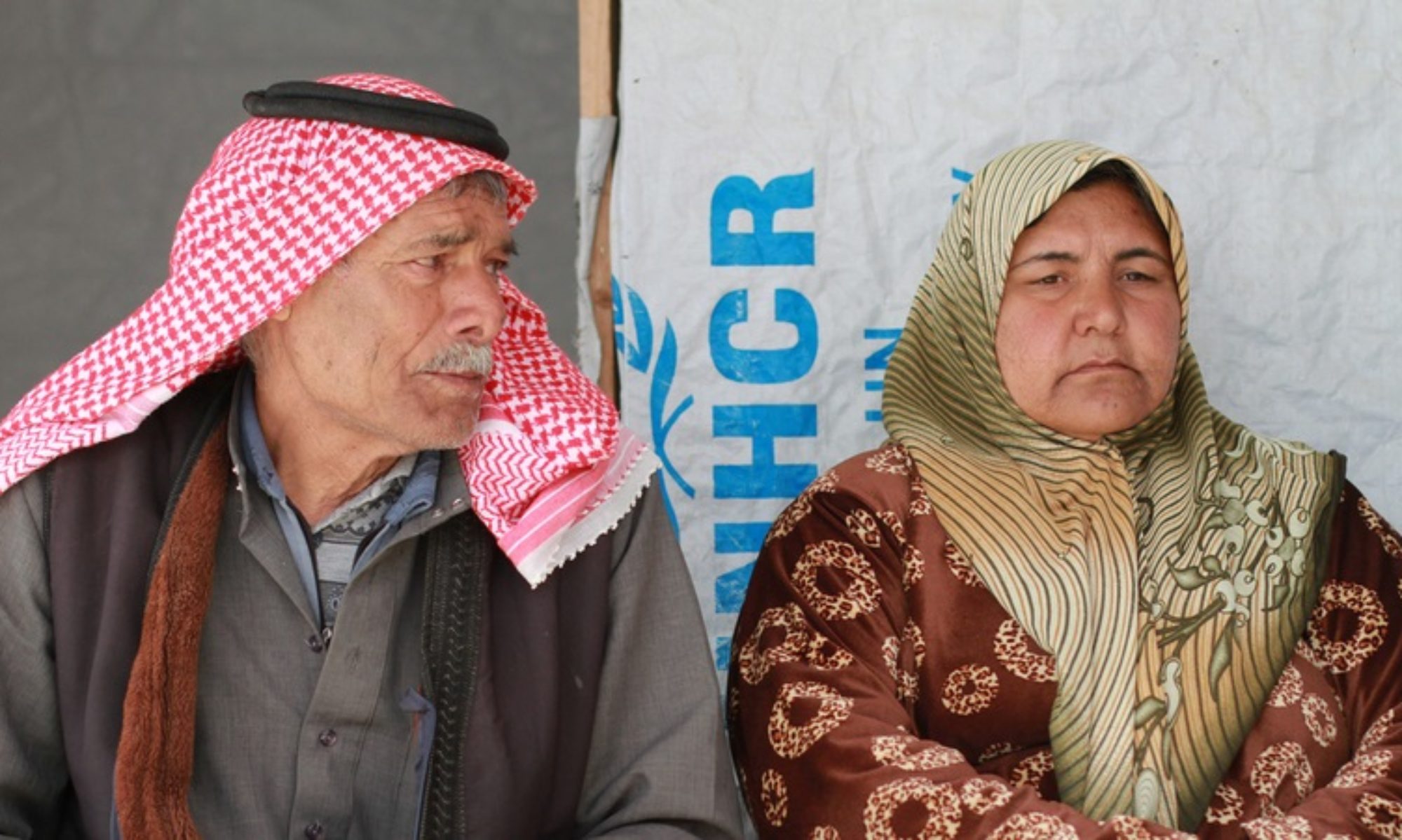Introduction
We propose in this blog to analyze CSOs protecting or assisting forcibly displaced persons through a simple analytical framework composed of three parameters. It is to note that in we use here a fairly wide conception of CSO. It includes also community-based organizations (CBOs), refugee-led organizations and even small groupings of IDPs or refugees engaging in organized mutual help.
This framework may be useful since there is little literature dedicated to how forced displacement and exile debilitates, reinforces, transforms or even helps creating collective action by or for affected populations, in the form of civil society organizations and groupings.
The parameters we use relate to the specificity to the displacement experience; the timing of their creation, whether before or after displacement; and their modern or traditional character. Obviously each of these parameters is to be seen as representing a continuum, rather than closed polarities. They are also fairly interrelated. As an instance, a traditional social grouping (such as a tribe) is more likely than not to exist before displacement. Likewise, a CSO formed after displacement is also likely to focus on issues related to the consequences of displacement.
A set of three parameters
Below is an explanation of each set of parameters:
Specificity to the displacement experience
Some CSOs are born to respond specifically to challenges posed by displacement. As an instance, community groups on promotion of hygiene in refugee camps, or wider civil society organizations formed to lobbying for the inclusion of IDPs or refugees in transitional justice mechanisms. The specificity of other groups may be less marked, including those working on sectorial issues such as health volunteers or groupings engaging in cooperative livelihoods initiatives.
These other groups may also last well after processes for durable solutions are underway. As an instance, Guatemalan refugee women organizations born in exile in the 90s to lobby for women participation in land titling continued once back in Guatemala, since the issue of women discrimination existed well before displacement and continued to exist after return.
Timing of their creation
CSOs may predate displacement, and later engage in advocacy or assistance for the displaced. This is the case of, for instance, Consejos Comunitarios, a form of community organization of Afro-Colombian communities with certain officially recognized responsibilities for territorial administration. In other cases, displacement triggers the creation of advocacy and assistance NGOs, such as Basmeh and Zeitooneh or Women Now, formed by Syrian refugees and exiles.
Traditional character
Tribal networks or clans or old community-based forms of self-help, such as IDP women-led iddir in Ethiopia, have a markedly traditional character. On the opposite side of the spectrum are, for instance, advocacy-based, exile-led NGOs. It goes without saying that a myriad of combinations are also possible.
A visualization tool for the analytical framework
Establishing each parameter as a line in a triangle enables us to visualize the character of different CSO, according to where they fall in the line associated to each parameter. Here’s the analytical framework as applied to two CSOs – one in Ethiopia, the other in Colombia.
In this case, Iddir are traditional self-help groups in Ethiopia focusing on funerals or any particular event in which families need community support. IDP families have started forming them also after displacement. In Colombia, Consejos Comunitarios of Afro-Colombian populations have long been organizing and forming federations to work on prevention and response to forced displacement from a community perspective.


